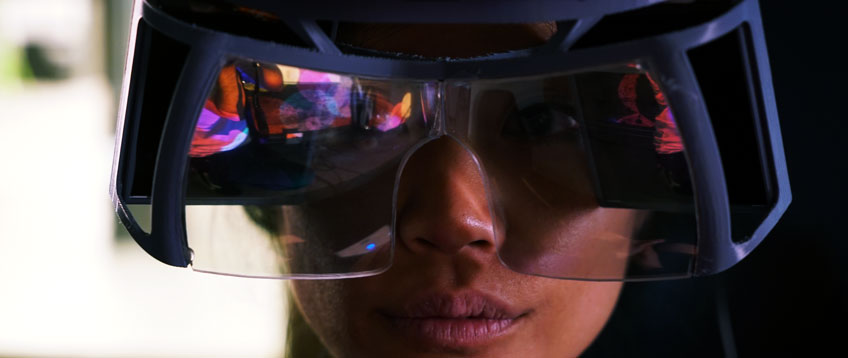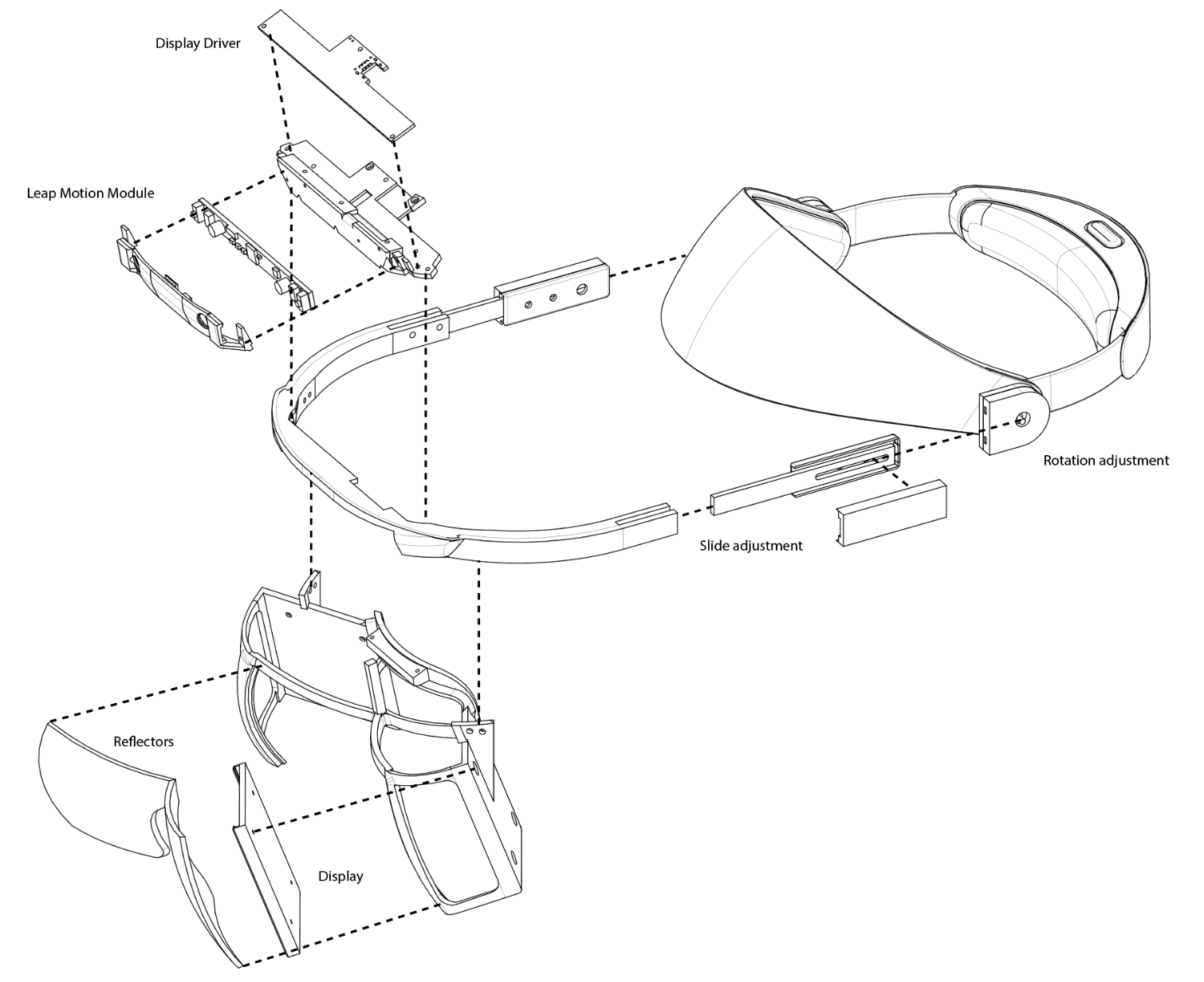Leap Motion Open Sources The Project North Star AR Headset's Schematics
Leap Motion today released the designs for the Project North Star reference AR headset, along with instructions on how to put it together.
Leap Motion has long been a proponent of immersive technology. The company specializes in gesture tracking technology and first introduced a peripheral that would enable you to control your PC with a wave of your hand. When VR hardware began to emerge in the consumer market, Leap Motion quickly adapted its technology for VR input. Now it has turned its sights to the budding AR market, but instead of offering to license its tracking technology to hardware makers, the company created a full reference headset to help accelerate AR HMD design.
In April, Leap Motion revealed Project North Star, an affordable AR HMD design with a 100-degree field of view. The company said it would make the details of the project open-source and publicly available, which would give hardware makers and hackers a platform on which to build.
Leap Motion originally intended to release the open-source details for Project North Star a week after it first revealed the concept. However, for reasons unknown, the company delayed the release of the project details until now. Today, Leap Motion released the project details for anyone to see and to tinker with. You can download the project files from Leap Motion’s website, or you can find them on GitHub. The package includes detailed schematics for the mechanical bits and assembly instructions. The company hasn’t yet released the software for the package, but it intends to release Unity assets and a pre-warping algorithm to format scene output for the headset’s lenses. The electronics schematics are also missing from the initial release, but Leap Motion promised that it will share that information soon.
Leap Motion said that Project North Star is still “very much a work in progress,” but the company hopes that the hacker community will embrace the project and help foster rapid innovation and improvements to the base design. The company intends to release updates that should expose the electronics and software details in the coming weeks.
Get Tom's Hardware's best news and in-depth reviews, straight to your inbox.
Kevin Carbotte is a contributing writer for Tom's Hardware who primarily covers VR and AR hardware. He has been writing for us for more than four years.


